#Ólafur Ragnar Grímsson
Photo
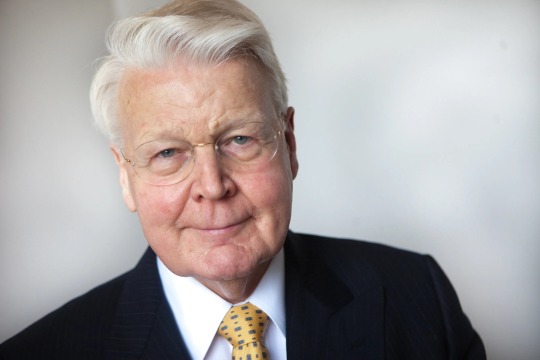
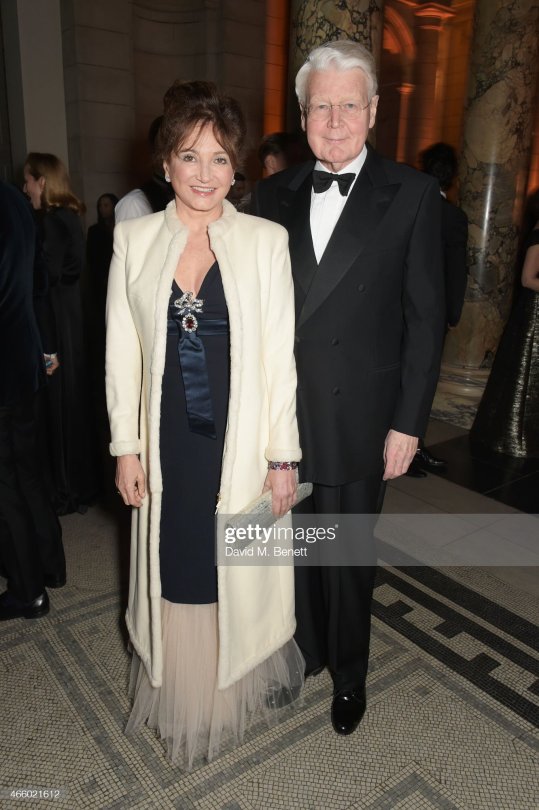
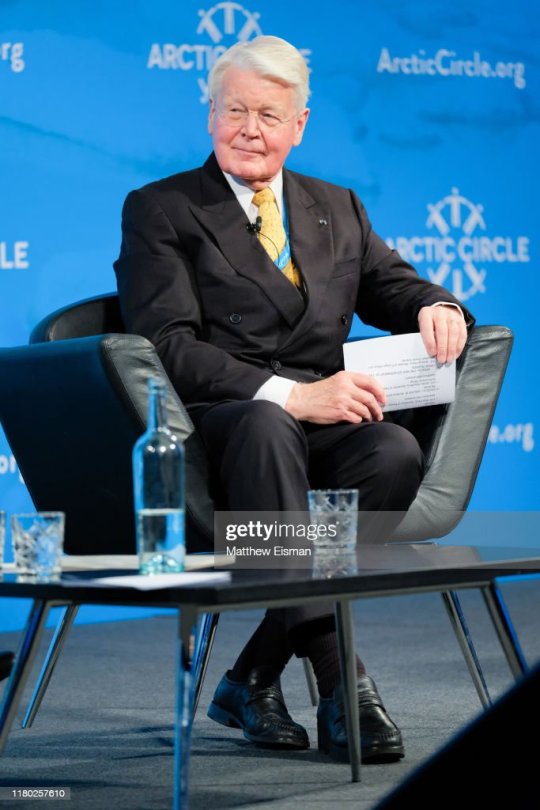
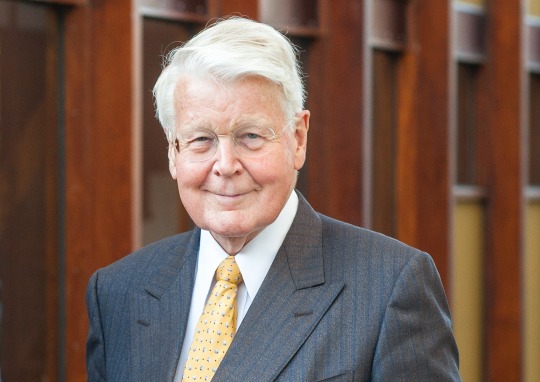
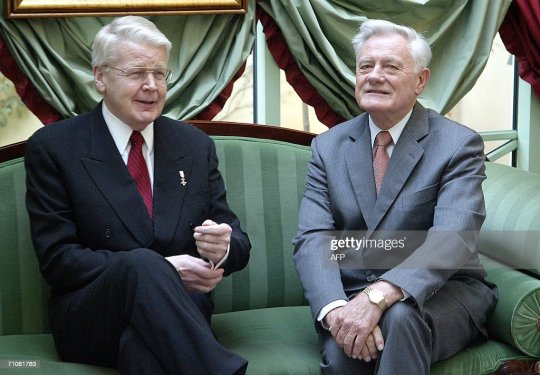
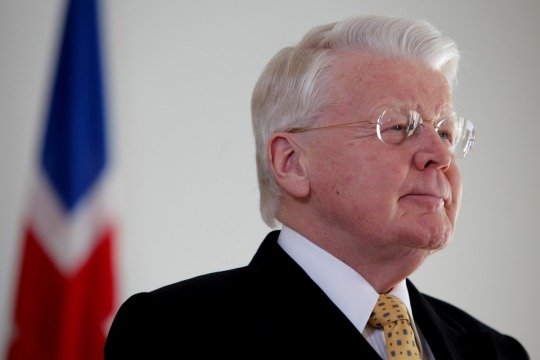
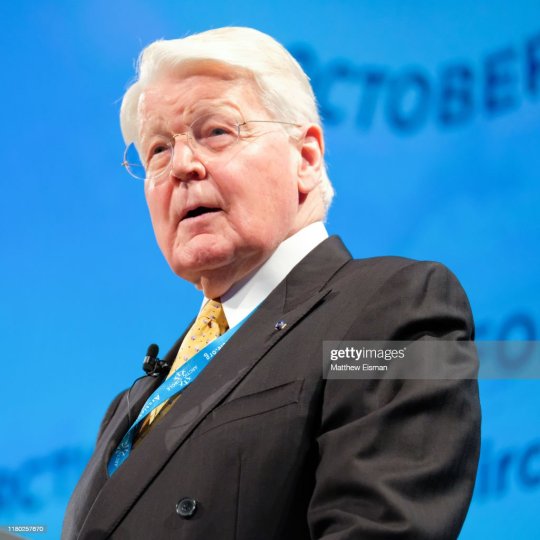
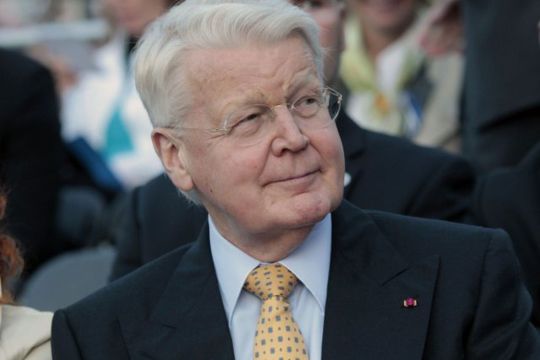

Ólafur Ragnar Grímsson
Born: May 14, 1943, Ísafjörður, Iceland
Physique: Average Build
Ólafur Ragnar Grímsson is an Icelandic politician who was the fifth president of Iceland from 1996 to 2016. He was previously a member of the Icelandic Parliament for the People's Alliance and served as Minister of Finance from 1988 to 1991. Since the end of his presidency, Ólafur has been serving as Chairman of the Arctic Circle, a non-profit organization, and as Chairman of the International Renewable Energy Agency's Global Commission on the Geopolitics of Energy Transformation.
Tall, handsome and a head full of thick white hair. This is a man I I'd love to grind on... in multiple ways. And with me saying that, you know he's married with children, which is a standard for all the men I lust after now days. But that does not matter when your mentally fucking them.
41 notes
·
View notes
Link
0 notes
Text



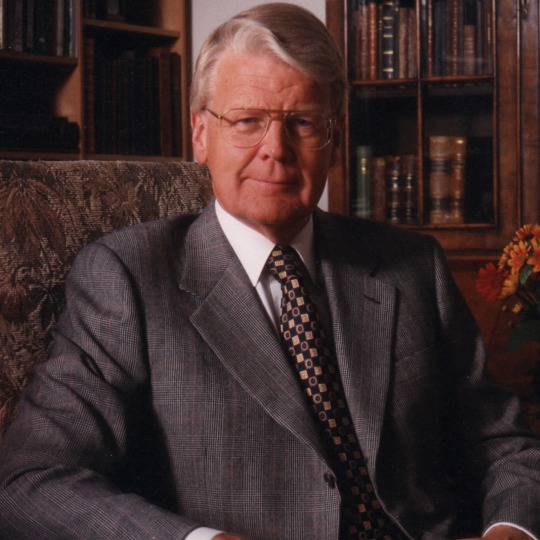
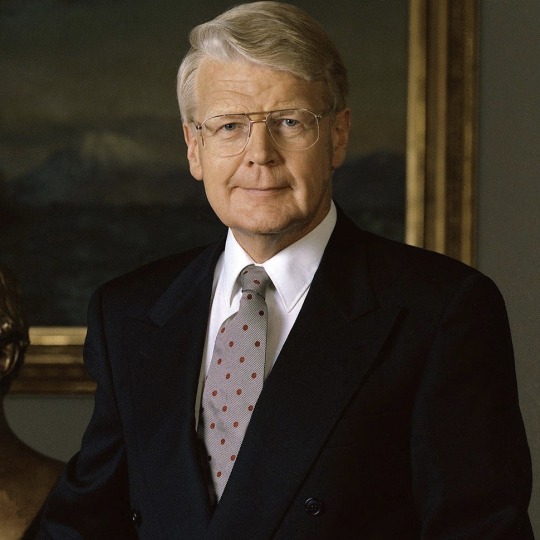




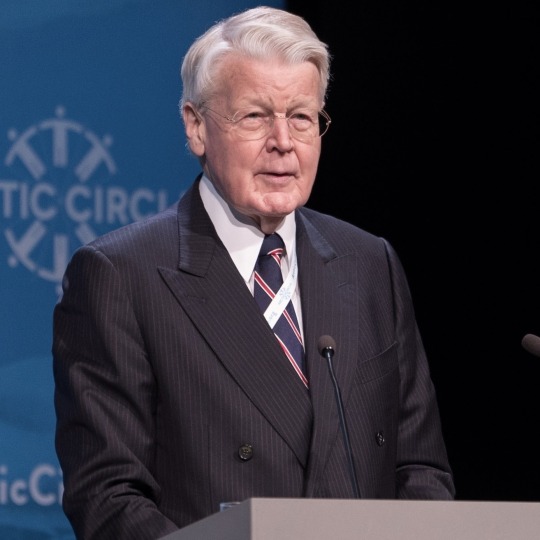
Ólafur Ragnar Grímsson
#daddylove#sexy daddy#daddywiki#handsome daddy#daddy#hot daddy#Ólafur Ragnar Grímsson#iceland#icelandic
206 notes
·
View notes
Note
Does Icelandic have informal/formal speech?
In practice, nope! Technically the formal you still exists (þér/yður/yður/yðar, not to be confused with the dative case of þú or the old plural prominently used in the most iconic Icelandic translations of the Bible, which are both also þér), but it is never used in actual modern speech and sounds stuffy and old-fashioned to the point of being ridiculous. Members of parliament are still required to use it for each other in parliamentary speeches, and I was sincerely baffled to receive a form letter from some stuffy government body addressing me with it once, but these are old-fashioned remnants of something not actually part of the language in practice anymore.
We still have to learn about the formal; it hasn’t been all that long since it was phased out. Plenty of people alive today were expected to address their teachers as þér in school, and plenty of fiction still read today uses it in dialogue (modern authors don’t, of course, unless maybe they’re writing a period piece). Apparently the phasing out happened just before or around 1970, with former president Ólafur Ragnar Grímsson having prominently rebelled by using þú for his interviewees on a TV talk show, and people were mad about it at the time. I cannot overemphasize how wild that sounds to me, though, as someone born in 1990. When I got that government letter I laughed out loud. You know your language has stopped using the formal when a modern adult’s reaction to being addressed by it is not “ah, politeness/respect” but “bwahaha, look at this government letter, it’s calling me þér”.
Of course, as I think is the case with most languages, there is still a general sense that some ways of phrasing things sound more formal than others! But only in the sense of being more something you’d see in writing or prepared speeches than something you’d hear spontaneously said out loud.
37 notes
·
View notes
Photo
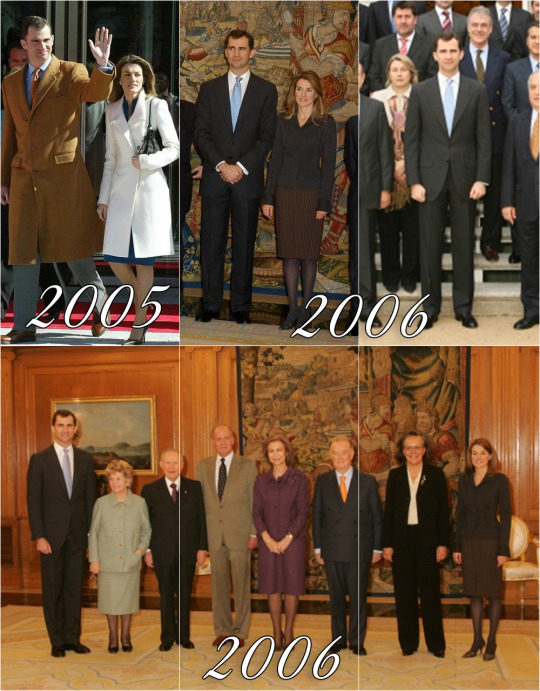

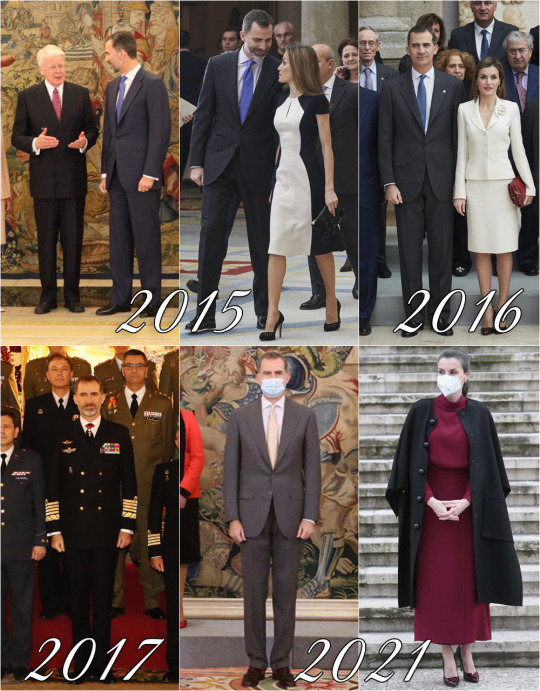
Felipe and Letizia retrospective: February 16th
2005: Inauguration of the new Palacio de los Deportes stadium in Madrid.
2006: Audiences at la Zarzuela (1, 2) & Lunch offered to the presidents of Italy and Portugal
2007: “Young Entrepeneur” awards
2010: Meeting of the Advisory Council of the Prince of Girona Foundation
2011: Inauguration of the Technological Institute “La Marañosa”
2012: Inauguration of ARCO 2012.
2015: National Culture Awards (1, 2) & Audiences: Federica Mogherini & Ólafur Ragnar Grímsson
2016: Attended a meeting of the Royal Patronage of the National Museum of the Prado at El Prado Museum.
2017: Military audiences
2021: Audiences at la Zarzuela & Visited the “Concepción Arenal. La Pasión Humanista 1820-1893” exhibition
F&L Through the Years: 702/??
#King Felipe#Queen Letizia#King Felipe of Spain#Queen Letizia of Spain#King Felipe VI#King Felipe VI of Spain#F&L Through the Years#February16
6 notes
·
View notes
Text
Wanting to Tune the Air in the Stone — and overcoming Climate Change
Wanting to Tune the Air in the Stone — and overcoming Climate Change
One night in November 2016, Gebald was at a party in Marrakesh hosted by philanthropist Laurene Powell Jobs. He felt he had no place among his guests, a team of meteorologists, freedom fighters, and policymakers in the COP city, the biggest annual climate event. During the trip, she met a man who liked to hang out with curly white hair. It was Ólafur Ragnar Grímsson, the recently retired…

View On WordPress
0 notes
Text
La saga di Guðríðr
Che cosa hanno in comune il piccolo villaggio di Laugarbrekka nella contea di Breidavik, il vicino abitato di Glaumbær in Islanda e la capitale federale del Canada, Ottawa?Una statua. Laugarbrekka infatti, piccolo villaggio nella penisola di Snæfellsnes, accoglie una delle tre piccole copie dell'opera d'arte realizzata in occasione della Fiera mondiale di New York nel 1938 da uno dei più noti scultori islandesi, Ásmundur Sveinsson.Una statua intitolata "Fyrsta hvíta móðirin í Ameríku", La prima madre europea in America, che raffigura una donna in piedi al centro di un'imbarcazione vichinga, con la mano sinistra stretta al sommo della prua e la destra attorno a quella del bimbo assiso sulla sua spalla. Nel 2000 il presidente islandese Ólafur Ragnar Grímsson la inaugurò per celebrare la vita e le imprese di due tra i più grandi esploratori della cultura islandese: Guðríðr Þorbjarnardóttir e suo figlio Snorri Þorfinnsson.
Guðríðr Þorbjarnardóttir (Gudrid Thorbjarnardóttir) nacque nella fattoria di Laugarbrekka in Islanda nel 980 d. C.. Le saghe narrano che, giovanissima, si innamorò del figlio di uno schiavo, e che il padre, un proprietario terriero di nome Thorbjörn Vifilsson, non volle saperne di concederla in sposa a un individuo di ceto inferiore. Le fonti letterarie ci dicono che andò in sposa a un certo Thorir e che si mise in viaggio con tutta la famiglia verso la Groenlandia, per raggiungere la colonia fondata dal famoso esploratore norreno Erik il Rosso.E’ vero, può sembrare strano che si vada a cercare miglior fortuna in una terra che ai nostri occhi appare come un’enorme e inospitale distesa di ghiaccio, ma dobbiamo considerare che intorno all'anno 1000 la Groenlandia era una grande isola verde e rigogliosa, a tal punto che i danesi l’avevano battezzata Grønland, che significa proprio “Terra verde".I norreni, cioè i popoli originari della Scandinavia, della Danimarca e della Germania settentrionale, erano formidabili navigatori, ma le loro “navi lunghe” i drekar (o secondo una forma più comune drakkar) non erano adeguate ad affrontare le tempeste oceaniche; fu così che durante il viaggio l'imbarcazione del marito di Gudrid affondò e lei rimase vedova.Si dice che fosse di modi gentili e di bell’aspetto e che Thorsteinn, figlio dello stesso Erik il Rosso, la chiese subito in moglie. La colonia groenlandese ebbe appena il tempo di stabilizzarsi, quando Leif l’altro figlio di Erik che si era spinto ancora più a Occidente sbarcando nell'attuale Canada, chiamò la famiglia e venne raggiunto, insieme agli altri, da Gudrid e Thorsteinn. Leif aveva scoperto una terra dal clima così mite e favorevole in cui cresceva la vite selvatica: questa nuova terra venne immediatamente ribattezzata Vinland, ossia terra del vino.
La saga nordica islandese conosciuta come la Saga dei Groenlandesi, una delle due principali fonti letterarie che narrano la colonizzazione vichinga dell'America insieme alla Eiríks saga rauða o Saga di Erik il Rosso, racconta che la colonia di Gudrid venne sopraffatta da gruppi di nativi americani, i quali distrussero l’insediamento e fecero strage degli abitanti.Non restava altro da fare che tornare sui propri passi, ma il viaggio di ritorno fu terribile: in molti morirono in mare e Gudrid rimase vedova per la seconda volta.
Tornata in Groenlandia si stabilì a Brattahlid, dove venne notata da un ricco mercante, Thorfinn Karlsefni, che la chiese in sposa e con cui, dopo qualche tempo, organizzò una nuova spedizione verso il Vinland.Tre navi vennero armate e imbarcarono decine di persone con cui ridare vita al vecchio insediamento distrutto, che in poco tempo venne rimesso in piedi e in cui verso il 1004 nacque Snorri, figlio di Gudrid e Thorfinn, il primo europeo a nascere nel Nuovo Mondo.Anche questa volta la tranquillità venne interrotta dagli incidenti coi nativi, che costrinse la colonia di Gudrid ad abbandonare ancora il Vinland; si spinsero quindi più a sud e c’è chi dice che siano giunti fino alla zona dell'attuale Manhattan, finché le ripetute ostilità non li obbligò a riprendere il mare per stabilirsi in Groenlandia, dove Thorfinn mise in piedi una fattoria.
Dopo la morte di Thorfinn, ucciso dagli skrælingjar (così i norreni chiamavano i gli abitanti delle terre selvagge) Gudrid e il figlio fecero ritorno in Islanda nella città di Glaumbær, a sud dello Skagafjörður, in un momento storico in cui tutto il Paese si stava convertendo al cristianesimo. Lì ricevettero il battesimo, in una casa colonica all'interno della quale oggi è ospitato il Museo di Cultura Popolare dello Skagafjörður.Gudrid credeva profondamente nei valori della nuova religione e volle intraprendere un lungo pellegrinaggio a piedi verso Roma, per visitare i luoghi che avevano visto nascere il cristianesimo. Si dice che sia stata accolta dal papa e che abbia avuto la possibilità di raccontargli tutto quel che aveva visto nella sua vita avventurosa.Ritornata in Islanda, andò ad abitare accanto alla chiesa che Snorri aveva fatto edificare a Glaumbær, trascorrendo i suoi ultimi anni nel silenzio e nella preghiera. Morì nel 1009 d. C. e viene venerata ancora oggi come una santa, tanto che a Grafarholt, nuovo quartiere alla periferia nord di Reykjavik, le è stata dedicata l’unica chiesa luterana a prendere il nome da una donna.E' difficile raccontare in poche parole la vita di una donna tanto straordinaria, che più di mille anni fa con coraggio e determinazione, seppe affrontare le insidie del mare aperto e le incognite di nuove terre da conquistare, scrivendo il proprio nome nella storia della civiltà europea.
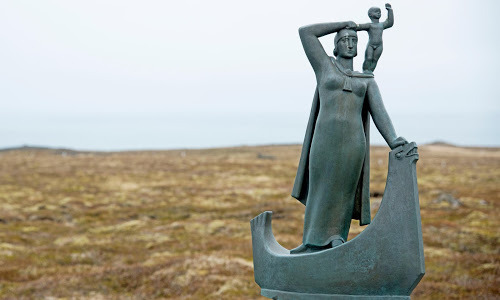
0 notes
Link
““We are now seeing the emergence of a geopolitical renewable energy triangle in the North Atlantic: Greenlandic/Iceland-Scotland-Norway” -@ArcticAssembly Chairman Ólafur Ragnar Grímsson at #ArcticCircleScotland @ScotGov” https://twitter.com/arcticassembly/status/932319687123329024
0 notes
Photo

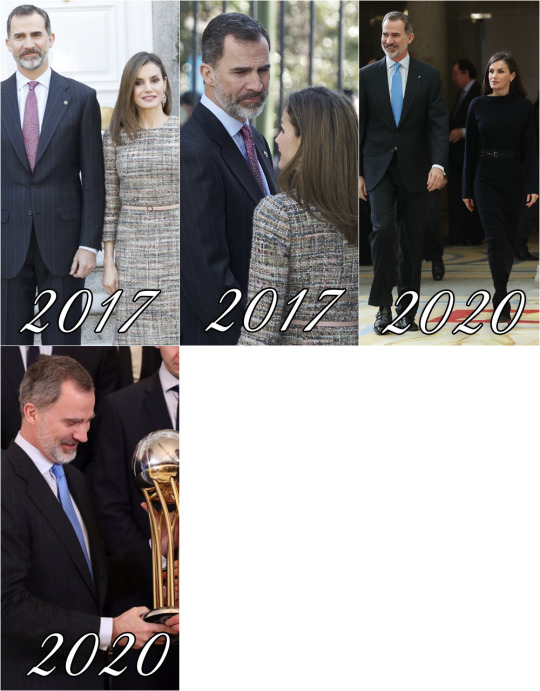
Felipe and Letizia retrospective: February 17th
2005: Casa Real releases the first official picture of Felipe & Letizia.
2009: 30th anniversary of Association of Publishers of Spanish Newspapers
2011: ARCO fair 2011 at Ifema in Madrid.
2014: General Audit Office of the State Administration on accounting, transparency and public responsibilities
2015: Received the president of Iceland, Ólafur Ragnar Grímsson
2016: Audiences at la Zarzuela
2017: Offered a lunch to the president of Hungary, Janos Ader, at la Zarzuela & Inaugurated the ‘Obras Maestras de Budapest. Del Renacimiento a las Vanguardias’ exhibition at the Thyssen-Bornemisza Museum in Madrid.
2020: ‘Premios Nacionales de Investigacion’ (National Investigation Awards) 2019 at El Pardo Palace & Received the Real Madrid Basketball Team, Champions of the 84th Copa de S.M. el Rey (King’s Cup)
F&L Through the Years: 502/??
#King Felipe#Queen Letizia#King Felipe of Spain#Queen Letizia of Spain#King Felipe VI#King Felipe VI of Spain#F&L Through the Years#February17
3 notes
·
View notes
Link
O Papa destaca a contribuição dos católicos à sociedade VATICANO, 04 Mar. 11 / 01:32 pm (ACI/EWTN Noticias) Ao receber esta manhã o Pre VATICANO, 04 Mar. 11 / 01:32 pm (ACI/EWTN Noticias) Ao receber esta manhã o Presidente da Islândia, Ólafur Ragnar Grímsson, o Papa Bento XVI destacou no diálogo que sustentou com o mandatário a importante contribuição dos católicos à sociedade, que neste país constitui uma minoria. Conforme informa… http://bit.ly/1lMgdUI #bibliacatolica via Bíblia Católica Online
0 notes
Text
Events 6.26
4 AD – Augustus adopts Tiberius.
221 – Roman emperor Elagabalus adopts his cousin Alexander Severus as his heir and receives the title of Caesar.
363 – Roman emperor Julian is killed during the retreat from the Sasanian Empire. General Jovian is proclaimed Emperor by the troops on the battlefield.
684 – Pope Benedict II chosen.
699 – En no Ozuno, a Japanese mystic and apothecary who will later be regarded as the founder of a folk religion Shugendō, is banished to Izu Ōshima.
1243 – Mongols defeat the Seljuk Turks at the Battle of Köse Dağ.
1295 – Przemysł II crowned king of Poland, following Ducal period. The white eagle is added to the Polish coat of arms.
1407 – Ulrich von Jungingen becomes Grand Master of the Teutonic Knights.
1409 – Western Schism: The Roman Catholic Church is led into a double schism as Petros Philargos is crowned Pope Alexander V after the Council of Pisa, joining Pope Gregory XII in Rome and Pope Benedict XII in Avignon.
1460 – Richard Neville, 16th Earl of Warwick, and Edward, Earl of March, land in England with a rebel army and march on London.
1483 – Richard III becomes King of England.
1522 – Ottomans begin the second Siege of Rhodes.
1541 – Francisco Pizarro is assassinated in Lima by the son of his former companion and later antagonist, Diego de Almagro the younger. Almagro is later caught and executed.
1579 – Livonian campaign of Stephen Báthory begins.
1718 – Alexei Petrovich, Tsarevich of Russia, Peter the Great's son, mysteriously dies after being sentenced to death by his father for plotting against him.
1723 – After a siege and bombardment by cannon, Baku surrenders to the Russians.
1740 – A combined force of Spanish, free blacks and allied Indians defeat a British garrison at the Siege of Fort Mose near St. Augustine during the War of Jenkins' Ear.
1794 – French Revolutionary Wars: Battle of Fleurus marked the first successful military use of aircraft.
1830 – William IV becomes king of Britain and Hanover.
1843 – Treaty of Nanking comes into effect, Hong Kong Island is ceded to the British "in perpetuity".
1848 – End of the June Days Uprising in Paris.
1857 – The first investiture of the Victoria Cross in Hyde Park, London.
1870 – The Christian holiday of Christmas is declared a federal holiday in the United States.
1886 – Henri Moissan isolated elemental Fluorine for the first time.
1889 – Bangui is founded by Albert Dolisie and Alfred Uzac in what was then the upper reaches of the French Congo.
1906 – The first Grand Prix motor racing event held.
1909 – The Science Museum in London comes into existence as an independent entity.
1917 – The American Expeditionary Forces begin to arrive in France. They will first enter combat four months later.
1918 – Allied Forces under John J. Pershing and James Harbord defeat Imperial German Forces under Wilhelm, German Crown Prince in the Battle of Belleau Wood.
1924 – The American occupation of the Dominican Republic ends after eight years.
1927 – The Cyclone roller coaster opens on Coney Island.
1934 – United States President Franklin D. Roosevelt signs the Federal Credit Union Act, which establishes credit unions.
1936 – Initial flight of the Focke-Wulf Fw 61, the first practical helicopter.
1940 – World War II: Under the Molotov–Ribbentrop Pact, the Soviet Union presents an ultimatum to Romania requiring it to cede Bessarabia and the northern part of Bukovina.
1941 – World War II: Soviet planes bomb Kassa, Hungary (now Košice, Slovakia), giving Hungary the impetus to declare war the next day.
1942 – The first flight of the Grumman F6F Hellcat.
1944 – World War II: San Marino, a neutral state, is mistakenly bombed by the RAF based on faulty information, leading to 35 civilian deaths.
1944 – The Battle of Osuchy in Osuchy, Poland, one of the largest battles between Nazi Germany and Polish resistance forces, ends with the defeat of the latter.
1945 – The United Nations Charter is signed in San Francisco.
1948 – The first supply flights are made in response to the Berlin Blockade.
1948 – William Shockley files the original patent for the grown-junction transistor, the first bipolar junction transistor.
1948 – Shirley Jackson's short story The Lottery is published in The New Yorker magazine.
1952 – The Pan-Malayan Labour Party is founded in Malaya, as a union of statewide labour parties.
1953 – Lavrentiy Beria, head of MVD, is arrested by Nikita Khrushchev and other members of the Politburo.
1955 – The South African Congress Alliance adopts the Freedom Charter at the Congress of the People in Kliptown.
1959 – Swedish boxer Ingemar Johansson becomes world champion of heavy weight boxing, by defeating American Floyd Patterson on technical knockout after two minutes and three seconds in the third round at Yankee Stadium.
1960 – The former British Protectorate of British Somaliland gains its independence as Somaliland.
1960 – Madagascar gains its independence from France.
1963 – U.S. President John F. Kennedy gave his "Ich bin ein Berliner" speech, underlining the support of the United States for democratic West Germany shortly after Soviet-supported East Germany erected the Berlin Wall.
1967 – Karol Wojtyła (later John Paul II) made a cardinal by Pope Paul VI.
1974 – The Universal Product Code is scanned for the first time to sell a package of Wrigley's chewing gum at the Marsh Supermarket in Troy, Ohio.
1975 – Two FBI agents and a member of the American Indian Movement are killed in a shootout on the Pine Ridge Indian Reservation in South Dakota; Leonard Peltier is later convicted of the murders in a controversial trial.
1977 – Elvis Presley held his final concert in Indianapolis, Indiana at Market Square Arena
1978 – Air Canada Flight 189 to Toronto overruns the runway and crashes into the Etobicoke Creek ravine. Two of 107 passengers on board perish.
1991 – The Yugoslav People's Army begins the Ten-Day War in Slovenia.
1995 – Hamad bin Khalifa Al Thani deposes his father Khalifa bin Hamad Al Thani, the Emir of Qatar, in a bloodless coup d'état.
1997 – The U.S. Supreme Court rules that the Communications Decency Act violates the First Amendment to the United States Constitution.
2000 – The Human Genome Project announces the completion of a "rough draft" sequence.
2000 – Pope John Paul II reveals the third secret of Fátima.
2003 – The U.S. Supreme Court rules in Lawrence v. Texas that gender-based sodomy laws are unconstitutional.
2004 – Ólafur Ragnar Grímsson is re-elected as President of Iceland.
2006 – Mari Alkatiri, the first Prime Minister of East Timor, resigns after weeks of political unrest.
2007 – Pope Benedict XVI reinstates the traditional laws of papal election in which a successful candidate must receive two-thirds of the votes.
2008 – A suicide bomber dressed as an Iraqi policeman detonates an explosive vest, killing 25 people.
2012 – The Waldo Canyon fire descends into the Mountain Shadows neighborhood in Colorado Springs burning 347 homes in a matter of hours and killing two people.
2013 – Riots in China's Xinjiang region kill at least 36 people and injure 21 others.
2013 – The U.S. Supreme Court ruled, 5–4, that Section 3 of the Defense of Marriage Act is unconstitutional and in violation of the Fifth Amendment to the United States Constitution.
2015 – The U.S. Supreme Court ruled, 5–4, that same-sex couples have a constitutional right to marriage under the 14th Amendment to the United States Constitution.
2015 – Five different terrorist attacks in France, Tunisia, Somalia, Kuwait, and Syria occurred on what was dubbed Bloody Friday by international media. Upwards of 750 people were either killed or injured in these uncoordinated attacks.
0 notes